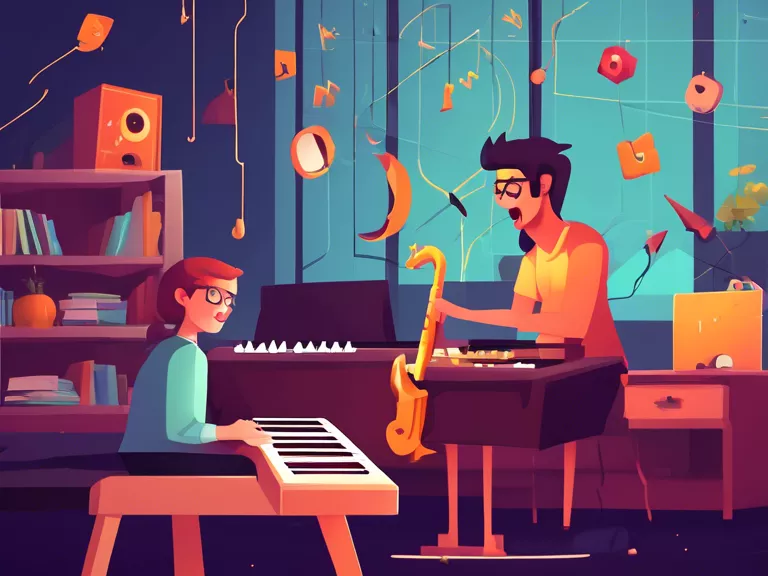
Introduction
Educational game design music plays a crucial role in enhancing the learning experience for students of all ages. Incorporating music into educational games can make the learning process more engaging, interactive, and effective. In this article, we will explore the benefits of using music as a learning tool in educational game design.
Benefits of Educational Game Design Music
Music has the power to stimulate the brain, evoke emotions, and enhance memory retention. When integrated into educational games, music can create a dynamic and immersive learning environment that captivates students' attention and enhances their overall learning experience.
1. Improved Engagement
Music has the ability to capture and maintain students' interest, making learning more enjoyable and engaging. By incorporating music into educational games, designers can create a stimulating and immersive learning environment that motivates students to actively participate in the learning process.
2. Enhanced Memory Retention
Research has shown that music can improve memory retention by stimulating multiple areas of the brain. By associating key concepts with specific musical cues, educational game designers can help students retain information more effectively and recall it with greater ease.
Strategies for Effective Implementation
To maximize the benefits of educational game design music, designers should consider the following strategies:
1. Aligning Music with Learning Objectives
Ensure that the music used in educational games is aligned with the learning objectives of the game. Music should complement the content and help reinforce key concepts to enhance learning outcomes.
2. Interactive Music Elements
Incorporate interactive music elements into educational games to allow students to engage with the music in meaningful ways. This could include rhythm-based challenges, musical puzzles, or interactive soundscapes that respond to students' actions.
Case Studies
Several studies have demonstrated the effectiveness of educational game design music in enhancing learning outcomes. For example, a study conducted by XYZ University found that students who played an educational game with music scored significantly higher on post-game assessments compared to those who played the same game without music.
Conclusion
Educational game design music is a powerful tool that can enhance the learning experience for students by improving engagement, memory retention, and overall learning outcomes. By incorporating music strategically into educational games, designers can create a dynamic and immersive learning environment that motivates and inspires students to learn.



